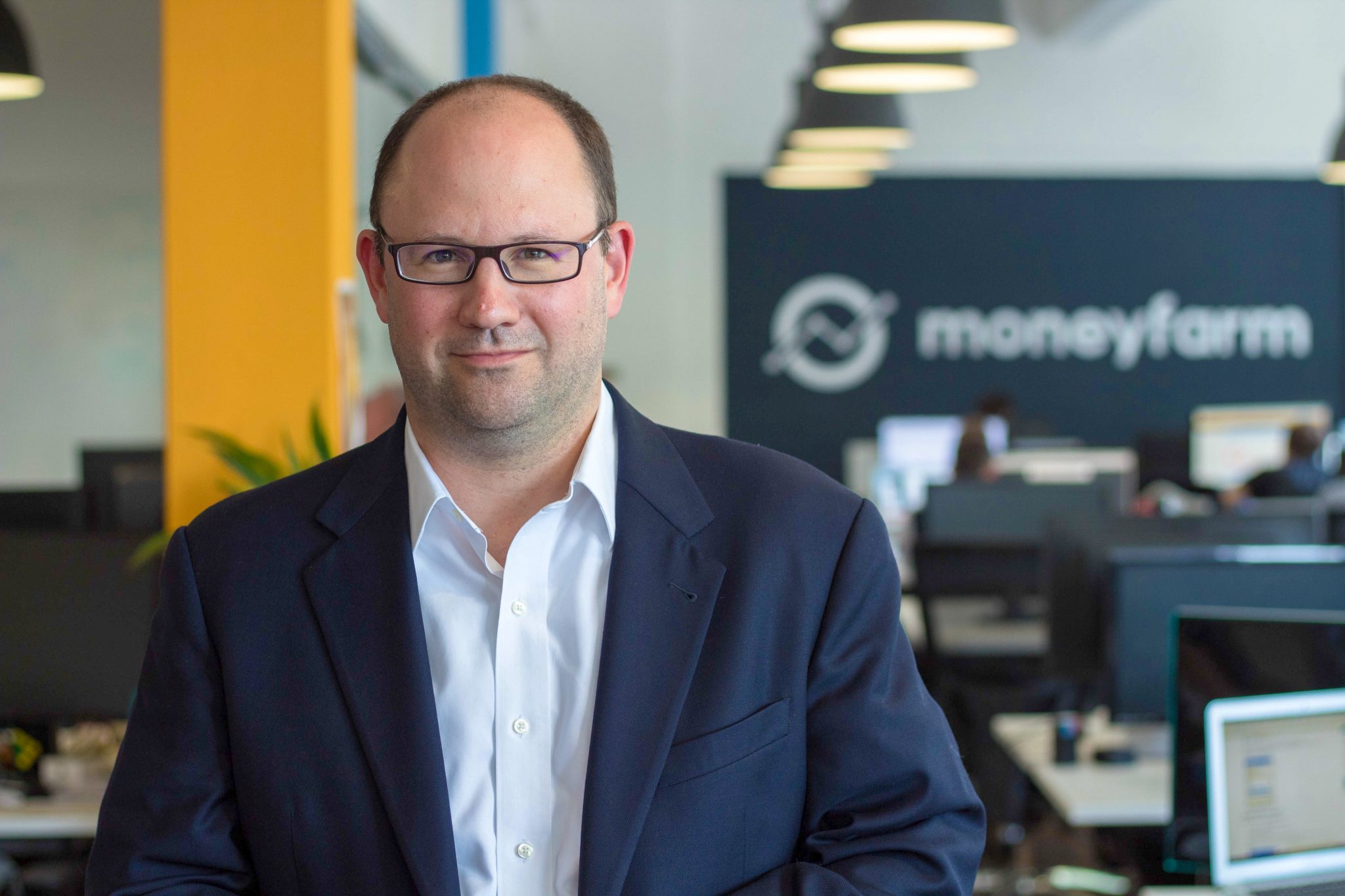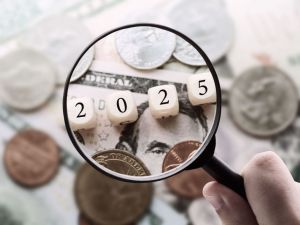Richard Flax, Chief Investment Officer, Moneyfarm
As Brits begin to grow tired of the never-ending supply of cold turkey sandwiches and Christmas reruns on the TV grow stale, financial markets are winning back attention.
Brexit may have been temporarily banished from the front pages, but growing pressure in the US has taken its place – a combination of trade tensions, a partial government shutdown and another Presidential attack on Central Bank Chair Jay Powell.
Financial markets are having a tough time navigating this landscape of short-term uncertainty as we move into 2019, and this has translated into a pick-up in volatility in both directions.
A President under pressure?
What we can see reflected in the markets is a President under increasing pressure. Democrats will take control of the House at the start of 2019 and his foundation is closing down after allegations of illegality.
An independent Central Bank isn’t feeding quite into the President’s plans and his threats to fire Chair Jay Powell caused markets to fluctuate – even if he doesn’t actually hold the power to do so. Donald Trump has even been persuaded to shut down the government in an attempt to get his border wall funded.
On another level, there is a question around growth. The US economy grew very nicely in 2018, juiced by the Republican tax reform. But as we go into 2019, higher interest rates have helped to raise uncertainty about just how well the economy will perform next year.
Economic data is more of a mixed bag than it was earlier in 2018, at least compared to expectations. Trump has done his best to pressure the US Federal Reserve not to hike rates, but the Federal Reserve governors have so far ignored him.
This has left financial markets with a difficult conundrum. On the one hand, markets are concerned that the Fed is hiking too aggressively in the face of a weakening economy; on the other hand, Central Bank independence is usually taken positively by financial markets – after all, electoral cycles can drive short-term decision-making.
Stepping into the New Year
Trump has cited a strong equity market as proof of his Presidential expertise, so he’d certainly like to see a rally. He’s already urged investors to buy the dip and acknowledged by proxy that he can’t do much to get rid of Powell afterall.
But volatility is uncomfortable and the government shut-down needs to be resolved – although neither side looks keen to budge just yet. That isn’t great for financial markets and the stakes will only get higher. At some point US politicians will need to raise the debt ceiling (2 March 2019 seems to be an important date in this process). The question is whether Trump is enough of a gambler to risk a US default to get his wall built.
But volatility is also a response to underlying economic concerns, particularly around US monetary policy. Currently, the Fed is guiding towards two rate hikes in 2019, down from three prior to the last meeting, but that hasn’t been enough to reassure financial markets yet.
At Moneyfarm, we expect they’ll do less than that in 2019, as we see signs of slightly weaker economic growth start to show.
Moneyfarm portfolios
At the last portfolio rebalancing in October we cut risk and we’re happy with this decision. Markets may begin to show some signs of stability over the next few days, but we’re still expecting that 2019 will be a difficult year for risky assets and geopolitical noise will likely still have the power to drive markets.
These short-term fluctuations may be uncomfortable, but we firmly believe one of the most powerful tools you can have in your investor arsenal is time.
Research from asset manager JP Morgan highlights that it’s time in not timing the market that can help maximise returns over the long run.
The best and worst days in the market are usually clustered around the same time¹, it’s easy to miss the best days of performance by trying to avoid the worst. And this can have a real impact on your overall portfolio performance.
For example, if you’d invested $10,000 on 1 January 1998 and left it tracking the S&P 500 until the 30 December 2017, your portfolio would be worth $40,135. This is more-than double the $20,030 you would have if you missed just the 10 best days in the market. Miss the best 60 days and performance slips to -6% to just over $2,834.
To maximise your returns during uncertainty, it’s important your portfolio is built to reflect your investor profile, appetite for risk and time horizon. At Moneyfarm this investment advice continues for as long as you invest with us so your portfolios changes and you do. You can check on your investor profile and portfolio through our Advice Centre on your account.
If you’d like to talk about the performance of your portfolio, your asset allocation, or have any questions about the market, book a call with one of our Investment Consultants today.





